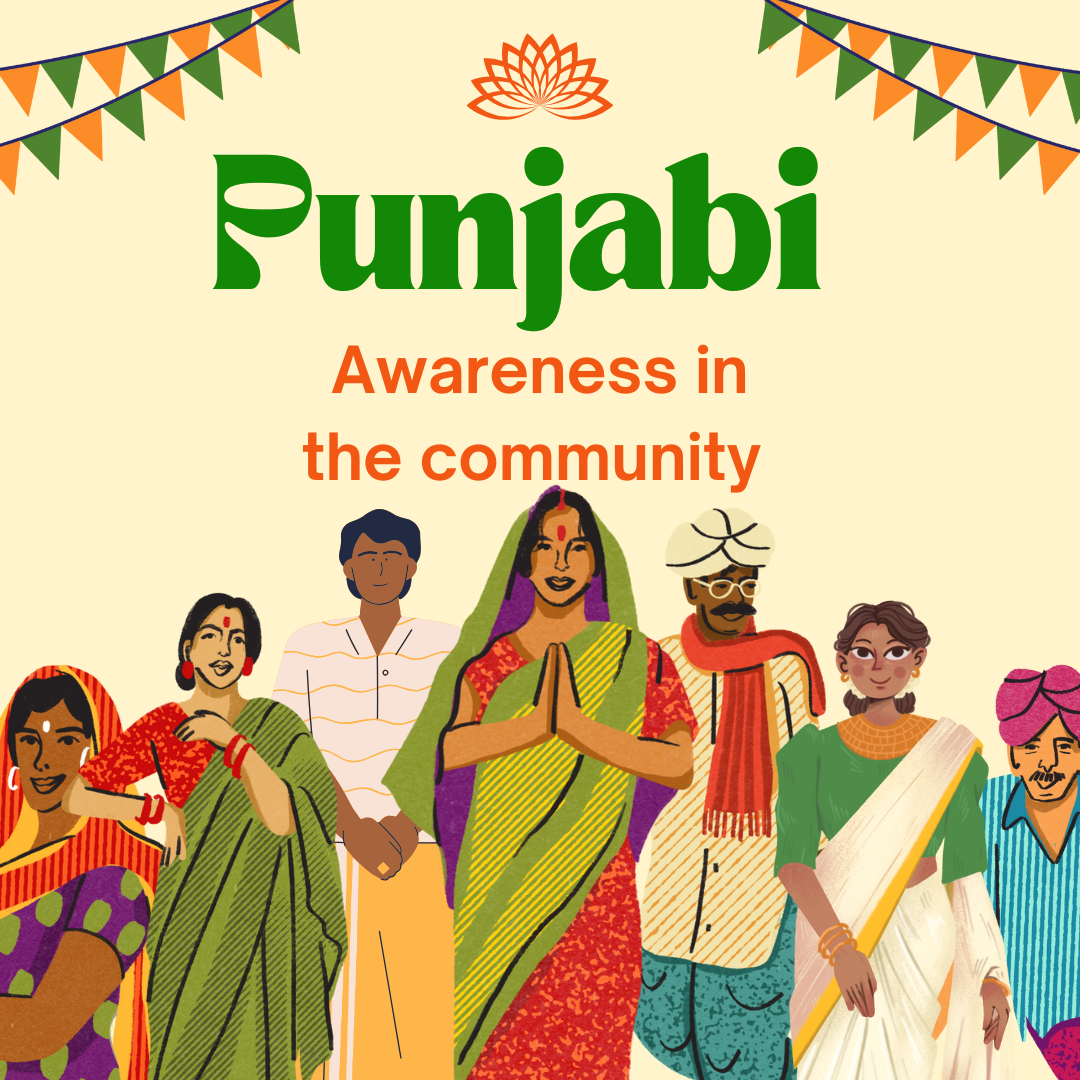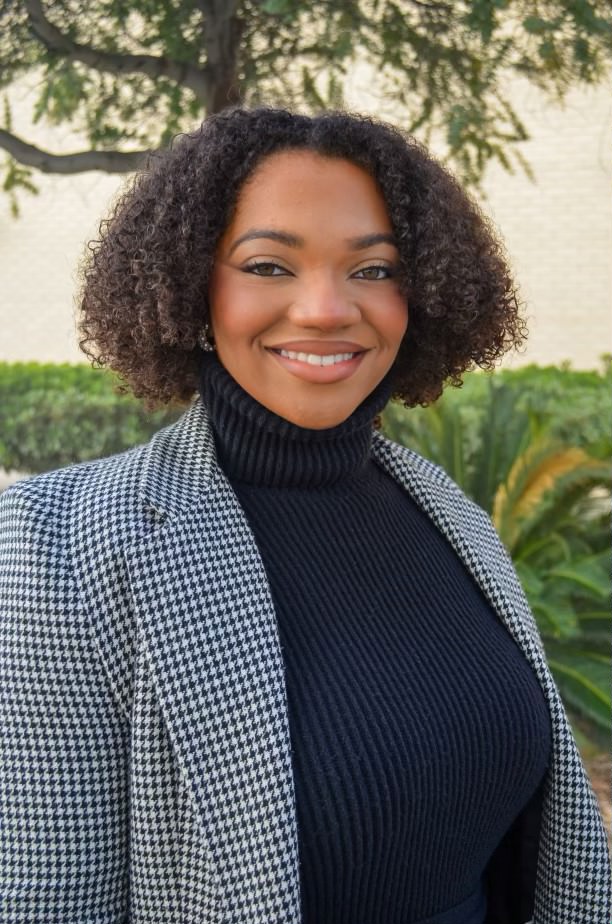Bailey Torres
Staff Writer

Rebecca Skloot, author of “The Immortal Life of Henrietta Lacks,” told the story of how she wrote her New York Times bestseller. Skloot spoke Nov.6 in the Icardo Center at California State University, Bakersfield to about 1,000 students and community members who filled the audience to hear about her writing journey.
Skloot said that she was challenging as a child, and “everything changed in a basic biology class at a community college.”
That class is where she was first introduced to HeLa cells and Henrietta Lacks. She said that her curiosity about Henrietta led her to do better in school and eventually to become an author.
Skloot took creative writing her junior year of college, and that was the moment she knew she was going to be a writer. Previously, Skloot had wanted to be a veterinarian, but a professor encouraged her to pursue her writing,
saying, “Letting go of a goal does not mean you have failed…” Skloot encouraged students to follow their curiosity and not to be afraid to change directions. She continued, “Don’t have tunnel vision. Train yourself to recognize your ‘What?!’ moments.” For her, a “What?!” moment is a time in your life when your curiosity is sparked and you ask yourself, “What?!”
Skloot said most things in her career she can trace back to a “what?!” moment.
Aside from the book, Skloot’s science writing has been in The New York Times and Discover. She has also taught creative writing and science journalism at the University of Memphis, the University of Pittsburgh, and New York University.
Rolinda Hodson, a senior sociology major at CSUB, said she found this admonition to be “uplifting,” because “women tend to feel like they have failed if they change directions, but it can be a good thing.” Hodson said Skloot’s background in veterinary science probably better equipped her to write the book.
Skloot’s 10-year writing journey was a difficult one. At first, she faced resistance from the Lacks family, but she slowly built a bond with Deborah Lacks, Henrietta’s daughter. Deborah was desperate to know her mother who died when she was a toddler. Though Skloot built a deep bond with Deborah, Deborah still had issues with trust and paranoia. There were days when she was completely on board with the writing of the book and days she wondered if Skloot was truly trustworthy.
She told Skloot, “No matter what I do to you, don’t stop.”
Together they embarked on the emotional journey of getting to know Henrietta Lacks. Skloot credits the Lacks family, scientists and her insatiable curiosity for keeping her going during her research and writing.
Sadly, Deborah passed away just before the book was published.
Skloot said that while her ethical views had not been changed through the writing of this book, her social views were greatly impacted.
She said, “I did not have a lot of experience with diversity when I was young.”
It wasn’t until writing her book that Skloot said she began to understand “white privilege.” Henrietta was a poor black woman, and the Lacks family has faced many challenges that they attribute to race. While talking to a scientist involved with the HeLa cells during her research, Skloot said he referred to the Lack’s family as “those people.” She said that she had come to believe that a black writer would never have been given “access to the same information” that she was able to access in order to tell Henrietta’s story.
At the close of the presentation, a student praised Skloot for her ability to write a readable book without sacrificing the quality during the question and answer session. He asked, “How did you do it?”
Skloot responded, “I wanted it to read like fiction, but be entirely true…it took a ton of research and attention to detail.” She encouraged aspiring writers to “have a lot of readers and don’t be afraid to rewrite.”




